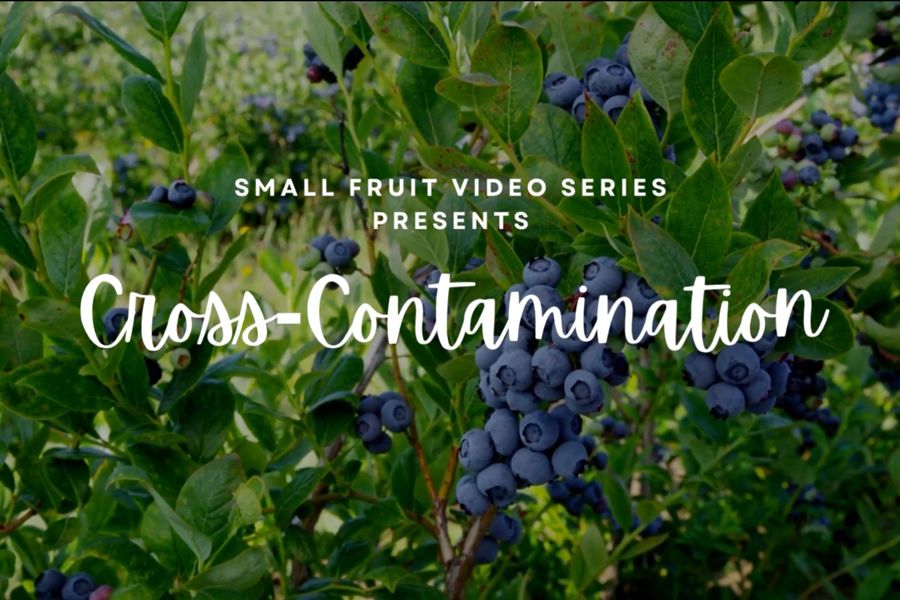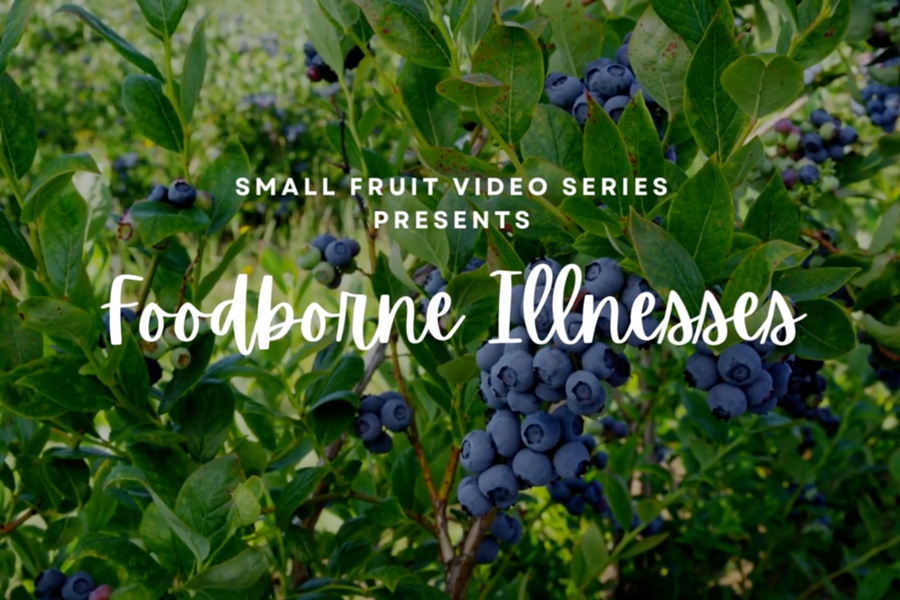Food
-

Additional author: Emma Moore, Department of Food Science & Technology. Satsuma oranges are a fast-growing commodity in Georgia. Satsumas are natural and excellent sources of sugars, organic acids, soluble fibers, vitamins, minerals, phytochemicals, and essential oils. Because of their nutritional content, satsuma oranges are considered functional foods (foods that provide health benefits and essential nutrition). Novel products may be produced from satsuma oranges and satsuma peels, including food ingredients such as soluble fibers and essential oils that may be appealing to health-conscious consumers interested in including more plant-based ingredients into their diets.
Fresh satsuma oranges have a short shelf-life. This publication describes the nutrients found in satsuma oranges and opportunities to develop high-value food ingredients from satsuma oranges. This information is timely and may help the local citrus industry diversify its current product portfolio. It also describes essential food safety concepts that may improve the overall competitiveness of the Georgia citrus industry.
Laurel Dunn and Kevin Mis Solval
|
-

This publication describes Macrocybe titans, the largest mushroom species in the Western Hemisphere, which has been found growing in Georgia.
Jean Williams-Woodward and Marin Talbot Brewer
|
-

U.S. poultry processors must meet regulatory requirements for Salmonella and Camplylobacter prevalence in all of the poultry products that they produce. Monitoring the efficacy of antimicrobial interventions (biomapping) during processing assists in meeting performance standards and improving microbiological quality of the products through better process control.
Harshavardhan Thippareddi and Manpreet Singh
|
-

Poultry processors have incorporated numerous antimicrobial interventions in the slaughter process to reduce the prevalence and/or concentrations of foodborne pathogens Salmonella and Campylobacter. The conventional process is to evaluate the efficacy of the incorporated antimicrobial interventions in reducing either indicator microorganisms or the foodborne pathogens immediately after the intervention step. This publication provides information on the two distinct elements of validation.
Harshavardhan Thippareddi and Manpreet Singh
|
-

C 1300-02
Cross-Contamination
Cross-contamination, resulting in foodborne pathogen contamination of small fruits, can occur at any point throughout production and post-harvest handling. This video discusses techniques and best practices for growers and packers to ensure the production of safe, high-quality small fruits. This video was produced in collaboration with the Auburn Department of Horticulture.
Laurel Dunn and Angelos Deltsidis
|
-

Label terms and certifications can be divided into those that are regulated and those that are unregulated. Regulated label terms and certifications are usually defined by the United States Department of Agriculture (USDA) or the Food and Drug Administration (FDA). Within the USDA, the Food Safety and Inspection Service (FSIS) is the agency responsible for the truthful labeling of meat and poultry products. The use of labels and certifications is governed by law and violations of use can have legal consequences. Unregulated terms have generally accepted definitions but do not have legal ramifications or verification of adherence. Many common label claims, such as “humanely raised” or “sustainably farmed,” refer to the process used to farm livestock but are unregulated, and there are no legal definitions for these claims. This publication summarizes some common regulated and unregulated terms in agriculture and livestock production.
Julia W. Gaskin and Amanda Tedrow
|
-

C 1300-01
Foodborne Illnesses
Foodborne illnesses sicken approximately 48 million Americans a year and result in significant financial losses for the food industry. Outbreaks of foodborne illness have been linked to consumption of small fruit products, but growers and packers can take precautions to reduce food safety risks on their operations. This video discusses what foodborne illnesses are, what causes them, and basic steps that can be taken to ensure the production of safe fruit. This video was produced in collaboration with the Auburn Department of Horticulture.
Laurel Dunn and Angelos Deltsidis
|
-

Vegetables require careful handling, storage, and monitoring to ensure the maximum postharvest life span. Because we are dealing with live organisms, the maximum attainable shelf life of vegetables can easily be affected depending on preharvest and postharvest factors that often manifest during storage. Following storage recommendations for each specific commodity helps to ensure the best quality and marketability of fresh produce. This circular contains basic guidance for the storage of most of Georgia-grown vegetables.
Andre Luiz Biscaia Ribeiro da Silva and Angelos Deltsidis
|
-

Several dozen insect species infest food and non-food products of plant and animal origin commonly found in homes. Collectively, this group of insects is referred to as stored product pests. Most are small beetles or moths. For homeowners, often the first sign of a stored product pest infestation is the sudden, unexplained and then persistent presence of numerous insects in a particular area of the home.
Dan Suiter, Michael D Toews, and Lisa Ames
|